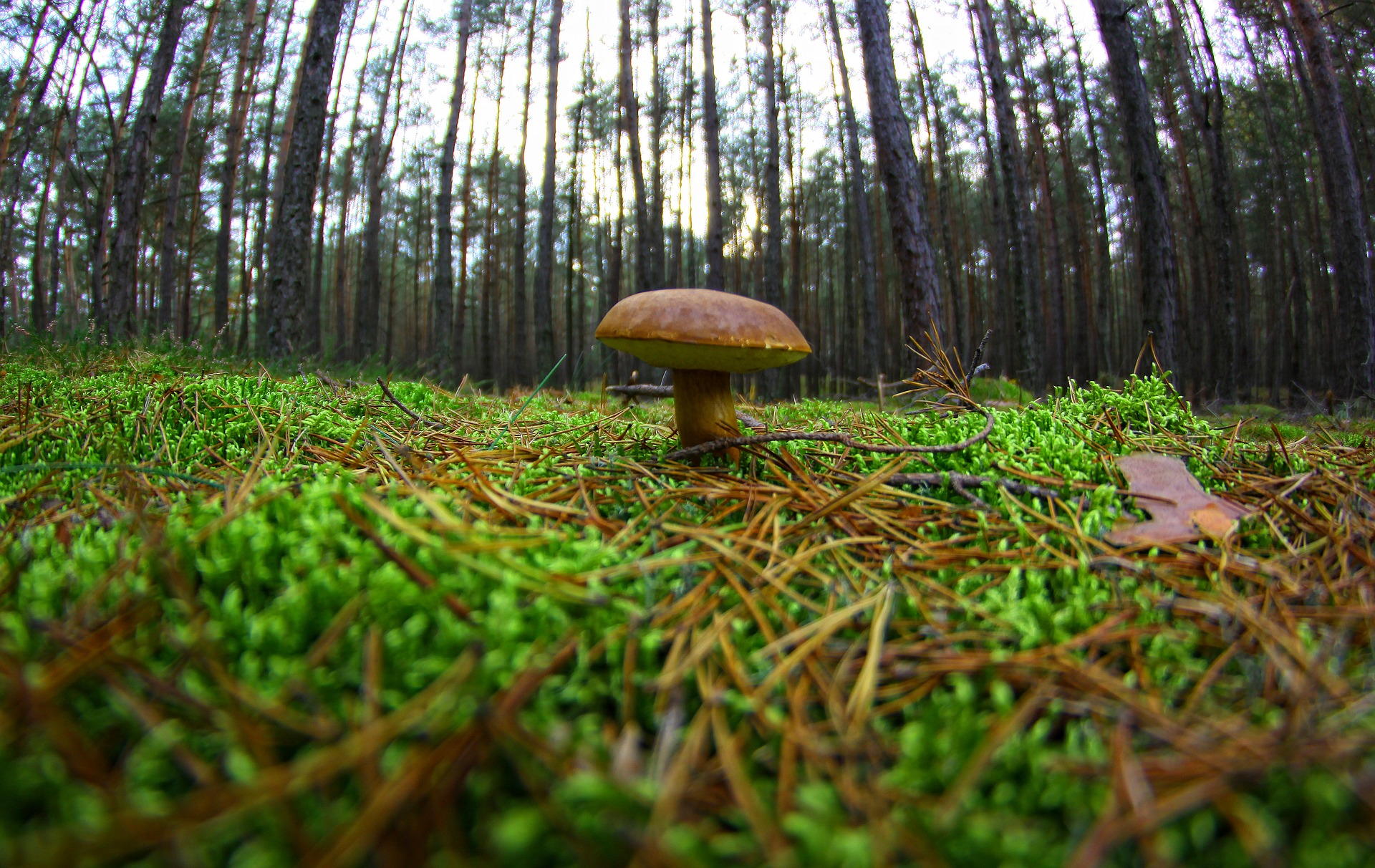 jwvein/Pixabay
jwvein/Pixabay
Forests are much more than trees
The conservation, restoration and sustainable use of terrestrial and inland freshwater ecosystems is essential for sustainable development and for achieving Sustainable Development Goal 15: Life on Land. Target 15.9 of this goal includes a call to integrate ecosystem and biodiversity values into national and local development planning, poverty reduction strategies and accounts. Other targets highlight the importance of particular ecosystems, including freshwater, forests, deserts and degraded lands and mountain ecosystems.
Forests cover around 30% of Earth’s land area, containing 80% of terrestrial biomass and providing habitat for over half of the world’s known terrestrial plant and animal species. Although the net annual rate of forest loss has slowed over the past decades, it is still a matter of concern because the loss is occurring in areas with particularly high ecological value. While there is a marked increase in protected areas over the past century, many key biodiversity areas are not adequately covered by protected area status. Globally there are more than a billion hectares of deforested and degraded forest land that could be restored, a vast area with the potential to enrich biodiversity and improve ecosystem functions.
Ecosystem approaches to farming and grazing that foster biodiversity in soil microorganisms and soil macro and microfauna promote and maintain the soil’s physical and ecological health, thus preventing its erosion, while preserving and rebuilding soil fertility.
More information:
Biodiversity and The 2030 Agenda For Sustainable Development